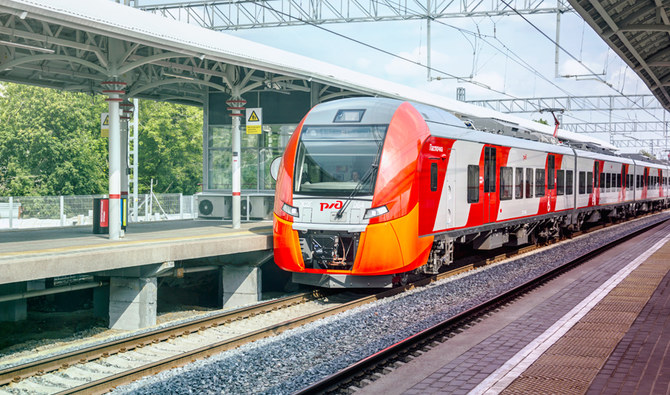Railway and Metro Communication Solutions: Ensuring Connectivity and Safety in Challenging Environments
For the transportation industry, communications play a vital role in ensuring passenger safety and operational efficiency. Rail and subway telephone systems require robust telecommunications solutions that can withstand a variety of environmental challenges. This is where rail and metro communication solutions come into play, providing reliable connectivity and emergency assistance when needed. In this article, we explore how weatherproof, emergency and waterproof phone systems can improve the overall effectiveness of rail and subway communication solutions.
Rail and subway systems often operate in challenging environments exposed to extreme weather conditions. Rain, snow, dust and other natural elements can seriously affect the functionality of traditional telecommunications systems. Hence, a weatherproof and waterproof telephone becomes essential in such cases. These purpose-built telecommunications equipment are designed to withstand harsh weather conditions, ensuring uninterrupted communication even in heavy rain or extreme humidity.
Rail and subway communication solutions often involve the installation of weatherproof telephones at various strategic points on the rail and subway network. These phones are made of strong materials and are protected against water, dust and physical damage. Their emergency call buttons are specially designed to provide immediate assistance in the event of an accident, security breach or any other emergency within the transportation system.
One of the main advantages of a weatherproof telephone is that it will work even during a power outage. Many phones are equipped with battery backup systems, ensuring that they keep running during a power outage or other interruption of electrical power. This feature is especially important in emergency situations, when uninterrupted communication can be a matter of life and death.
In addition to weatherproof telephones, rail and metro communication solutions also include emergency telephones. These telecommunication devices are strategically placed in specific locations such as platforms, tunnels and walkways to provide instant access to emergency services. The emergency phone is equipped with advanced features such as automatic location recognition and direct connection to emergency response centers. This enables rapid response teams to locate the exact location of a distress call and provide immediate assistance.
Another key component of railway and metro communication solutions is the integration of telecommunications systems across different parts of the transportation network. From station to track to control room, seamless communication is critical for smooth operation and quick response. The integrated telecommunications system ensures the efficient flow of information between various stakeholders such as station staff, train operators and emergency services, enabling them to coordinate their work effectively.
Telecommunications solutions for rail and subway systems go beyond the physical infrastructure. It also includes the implementation of advanced telecommunications technologies and protocols. For example, digital communication systems are increasingly replacing traditional analog systems, offering better speech intelligibility, enhanced functionality, and greater compatibility with other data systems. The transition to digital technology increases the overall efficiency of railway and subway communication solutions and opens up the possibility of integrating emerging technologies such as artificial intelligence (AI) and the Internet of Things (IoT).
Road phones are another important part of railway and metro communication solutions as they ensure connectivity and safety in surrounding areas. Highways often run parallel to railway tracks and subway lines, and accidents or emergencies on the roads can have knock-on effects on the transportation system. Regular installation of highway phones allows motorists to report incidents in a timely manner, facilitates a rapid response by emergency services, and minimizes potential disruption to rail and subway operations.
In conclusion, rail and metro communication solutions are a comprehensive approach to ensuring communication, safety and efficiency of rail and metro systems. Weatherproof, emergency and waterproof phones not only withstand environmental challenges, but also provide reliable connectivity for passengers, workers and emergency services. Integrated telecommunication systems and advanced technologies further enhance the effectiveness of these solutions. By prioritizing communications, transit authorities can create a safer and more reliable rail and subway network for everyone.

Post time: Mar-06-2023
